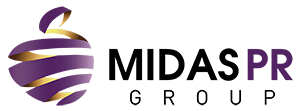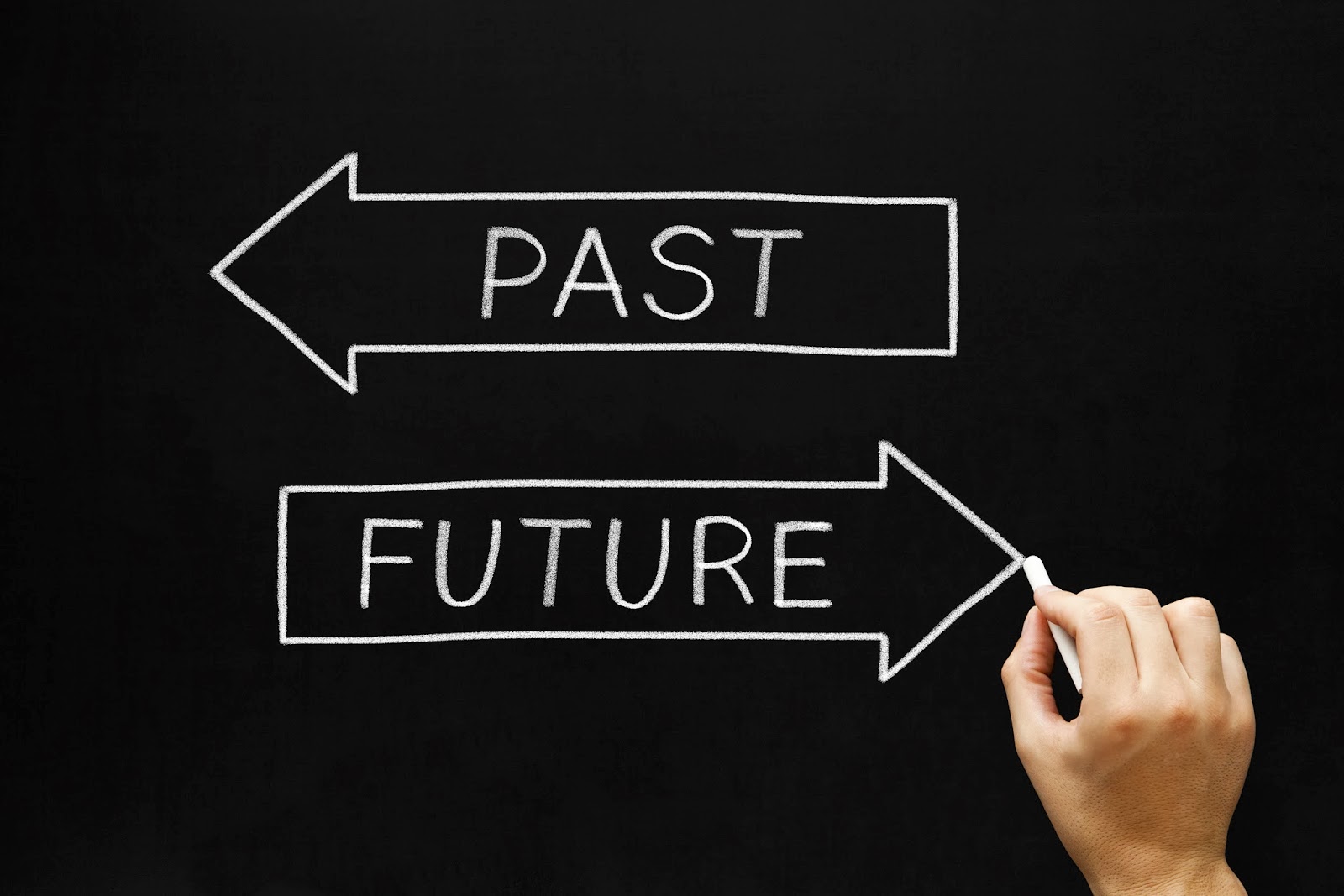One of the hot topics that has been in the headlines lately is the ever evolving roles of Public Relations (PR) and Marketing. In the past, these have been seen as two very distinct and very different entities. Traditionally PR has been defined as “the way organisations, companies and individuals communicate with the public and media. PR specialists communicate with target audiences directly or indirectly through media with an aim to create and maintain a positive image and a strong relationship with the audience”. Alternatively, Marketing has been defined as “the action or business of promoting and selling products or services, including market research and advertising”.
The current view is that PR is becoming central to marketing, and marketing increasingly looks more like PR. There doesn’t seem to be a clear line that is drawn between the two functions. As the industry evolves, the strengths of both PR and Marketing will need to work in conjunction with one another in order to balance complex data along with consumer expectations.
According to recent studies from the USC Annenberg Center for Public Relations and the Association of National Advertisers, PR professionals insist that digital “storytelling” and “social listening” are the key trends that will most influence the future of the field. These were also cited as the most important communications trends by marketers responding to the survey. The report was based on data from 875 public relations professionals (63% work for an agency; 37% work in-house) as well as data from 101 in-house marketers. In addition, a 2017 Global Communications Report from the USC Annenberg School for Communication and Journalism also found that social listening is a key trend likely to impact the future of PR. According to the study, PR professionals say digital storytelling is the biggest future PR trend (88% cite it as important), while social listening ranks second (82%) among PR professionals. However, marketers contend that social listening is the biggest future trend (88% cite it as important).
Social listening is defined as the process of using digital tools to track or monitor brands online. Marketing professionals use social listening to gather data and insight about their target audience and their competition. Storytelling is defined as the art of using words and actions to reveal the elements and images of a story while encouraging the listener’s imagination.
This sentiment was echoed by Luke Mackay, Associate Director at Edelman PR. “PR is all about looking for the story that will bring a brand’s messages to life. Journalists are busy professionals, giving them a half-baked story isn’t an option. Similarly, if the story is playing out on social media, then audience attention is finite. Only quality, well thought-out stories will gain traction.”
No matter how you slice it, both social listening and storytelling are key factors for the future of both PR and marketing, and this trend will have profound ramifications for everyone involved. It is clear that this new school of thought will not only see these two branches overlapping, but actually merging in a way that has not been seen before.


